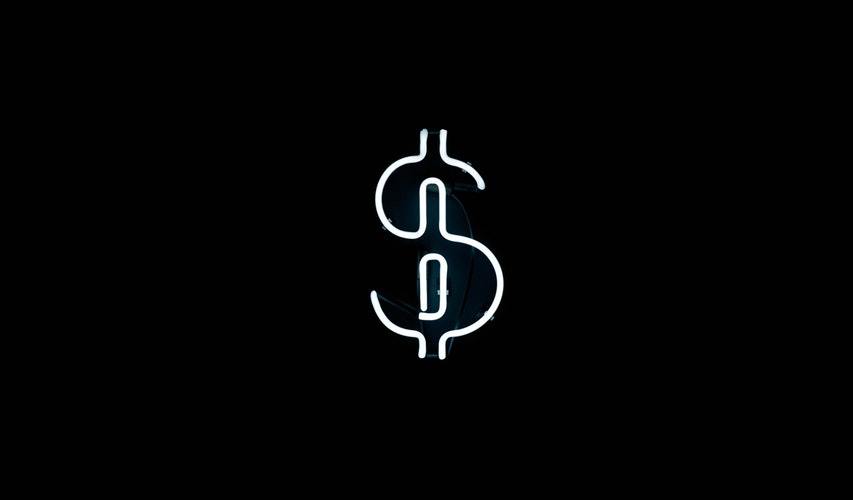Important Economic Data Missed by Most Traders
In Forex trading market participants buy and sell currency pairs to profit from their swings. The pairs form the Forex dashboard, and this dashboard will show the entire market offering of a brokerage house.
The two currencies that make the pair represent two economies. Or countries, like it is the case of most currencies, or economic regions (e.g., Euro and the Eurozone).
One of the market participant’s challenges is to interpret the economic evolution of a country to find out if it performs or underperforms. A process called fundamental analysis ends up with a bullish or bearish bias.
In the fundamental analysis process, the economic calendar is a crucial tool to use. All the relevant economic data is known in advance, and traders even have an idea about the potential impact of economic news.
However, in Forex trading, the market doesn’t always react the way it is supposed to. For instance, on a better than expected NFP (Non-Farm Payrolls) numbers, the USD doesn’t always respond positively. Sometimes it falls, and no one understands why.
The latter part of this statement is a tricky one. As a trader, you have to think that there is always logic behind a move.
Traders say that the market can stay irrational more than the trader can remain solvent. This happens, though, not because the market has something against the Forex trader, but because the trader doesn’t understand the reason why the market acts the way it does.
Underrated Economic Data to Use in Fundamental Analysis
Everyone heard of the following saying: “the devil is in the details.” Small details make the difference between being right or wrong with your Forex trading. Or, between interpreting economic data the right way.
Most retail traders focus on the headlines coming with the economic news, and few have a closer look at all the data released. Few traders take the time to really “scratch the surface” to see what’s in there when economic data comes out.
Here are a few examples of underrated or hidden economic data missed by most traders:
- 1. NFP Revisions
NFP stands for the Non-Farm Payrolls, and it is the main jobs data released by the Labor Department in the United States. Because the Fed in the United States considers jobs creation as a reason to move the federal funds rate, everyone keeps an eye on the NFP number.
The interpretation of this key economic data is straightforward. Better numbers are a USD net positive, while a lower than expected release hurts the dollar.
One thing misses the eye most of the time though. Revisions.

Quite often, the Labor Department releases revisions of the previous NFP releases. Rarely do revisions refer to more than two months back in time, but one never knows.
Here’s an example of how revisions influence the price action. Let’s say that the U.S. economy is expected to create 123k jobs.
The standard interpretation is that any bigger number is a USD positive. A lower one shows disappointment, and the trading algorithms will sell the USD.
Now let’s assume the actual release is 139k. Hence, the actual beats the expected number and the initial reaction is a higher USD.

However, always keep an eye on the revisions, as they offer a great reason to fade the initial market reaction. If the previous month number was revised down 34k and the month before another 15k, that’s a -49k in total to deduct from the actual 139k announce.
Therefore, instead of adding 139k, the U.S. economy only added 90k, which is far lower than the original 123k expected. Hence, instead of being a strong jobs report, it ends up being a terrible one, and the USD should tank, not rise.
The ones favoring conspiration theories say that this is the way of the U.S. to manipulate data. The idea behind such arguments is not a bad one, as few start digging into all the NFP reports, and just trade on the headline. Whether or not a conspiracy is behind this tactic or not, is not in our power to decide.
- 2. Core Inflation and the PCE (Personal Consumption Expenditure)
Central banks consider inflation as the primary driver for interest rates. Higher inflation triggers higher rates; lower inflation suggests the central bank will cut the rates.
In major economies like the Eurozone (second largest economy after the United States) or the United States, the CPI (Consumer Price Index) is released monthly. It shows the change in the price of goods and services in the previous month.
Traders go wild when the CPI comes out, as they interpret it as the trigger for a hawkish or dovish statement from the central bank. However, that’s not the inflation data to focus on.
For the Fed in the United States, for instance, the PCE (Personal Consumption Expenditure) is the indicator that offers a clearer picture of the inflationary status. Moreover, the Core PCE, the one that excludes energy prices, is the favored one.
The PCE moves harder than the CPI. The CPI tends to be more volatile, and sometimes it shows a rise or fall in the headline inflation and traders jump on buying or selling according to the news.
Savvy traders, though, keep an eye on the PCE. If in line with expectations, the CPI data should be discounted, as the Fed will consider it as transitory.
The same thing happens in the Eurozone. While the ECB has a mandate that considers keeping inflation at bay (below but close to two percent), the mandate refers to the HICP (Harmonized Index of Consumer Prices).

But the right inflation data considered by the ECB is the Core inflation, the one that disregards energy prices.
- 3. The Price of Oil
Speaking of energy prices, the price of oil is a major inflationary component. Every central bank in the world keeps an eye on the oil market’s evolution as it affects price stability.
The relationship between oil and inflation leaves little room for misunderstanding. Lower oil prices lead to falling inflation. Economic studies favor certain inflation and consider it as a stimulus for normal economic growth.

Because of that, the central banks will try to anticipate the future fall in inflation by cutting the interest rates well in advance. And that’s only because the price of oil fell.
Consequently, a rise in the price of oil triggers hawkish statements from central banks. Inflation will push higher, and the rates will come up too.
Conclusion
The examples used in this article are only a few. Data that misses the eye is everywhere.
Traders use the employment component in the ISM (Institute for Supply Management) Manufacturing and Non-Manufacturing to interpret future NFP releases. Or, they look at the Labor Participation Rate as a confirmation for a strong or weak Unemployment Rate report.
Moreover, geopolitical tensions affect the price of oil. OPEC (Organization of Petroleum Exporting Countries) meetings tend to influence the price of oil. Hence, inflation will tick up or move down, affecting central banks’ mandate and, eventually, the interest rates.
All these and more are info little known to the regular retail trader. But Forex trading from a fundamental point of view implies an understanding of everything that influences prices.
When the market acts in an “irrational” way, the chances are the trader just doesn’t understand why. After all, the market is always right.

